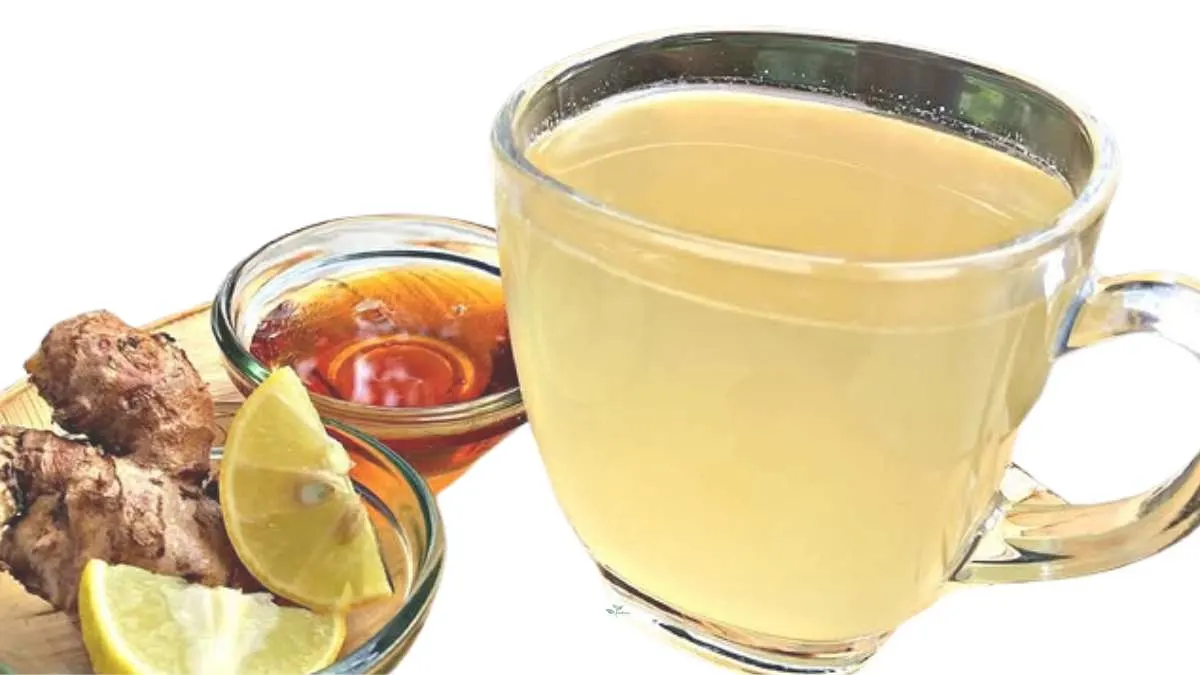Tea, in its myriad forms, has been a cornerstone of cultures worldwide for centuries. From the bustling streets of India to the serene tea gardens of Japan, tea is more than just a beverage—it’s an experience.
In this article, we delve into the world of tea recipes, offering a curated selection of both traditional and contemporary blends that cater to every palate.
The Art of Brewing: Understanding Tea Basics:
Before embarking on our tea journey, it’s essential to grasp the fundamentals of tea brewing. The type of tea—be it black, green, oolong, or herbal—dictates the water temperature and steeping time. For instance:
-
Black Tea: Requires boiling water (100°C/212°F) and should be steeped for 3-5 minutes.
-
Green Tea: Best brewed with water at 70-80°C (158-176°F) for 2-3 minutes to avoid bitterness.
-
Oolong Tea: Steeped at 85-90°C (185-194°F) for 4-7 minutes.
-
Herbal Teas: Typically brewed with boiling water for 5-7 minutes.
Understanding these basics ensures that each cup of tea delivers its optimal flavor and aroma.
For a deeper dive into the perfect tea brewing methods, check out this Tea Brewing Guide for a more detailed explanation.
5 Classic Tea Recipes to Savor:
1. Masala Chai (Spiced Indian Tea)
A staple in Indian households, Masala Chai is a robust blend of black tea infused with aromatic spices such as cardamom, cinnamon, ginger, and cloves. To prepare:
-
Boil 1 cup of water with 2 teaspoons of loose black tea leaves.
-
Add 2-3 crushed cardamom pods, a small cinnamon stick, 2-3 slices of fresh ginger, and 2-3 cloves.
-
Pour in 1 cup of milk and simmer for 5 minutes.
-
Strain and serve hot, sweetened with sugar or honey to taste.
This recipe offers a warming, spiced beverage perfect for chilly mornings.
For more recipes on spiced teas, you can explore Tea and Chai Recipes.
2. Iced Hibiscus Tea

Hibiscus tea is known for its vibrant color and tart flavor. To make a refreshing iced version:
-
Steep 1/4 cup of dried hibiscus petals in 4 cups of boiling water for 5-7 minutes.
-
Strain and let the tea cool to room temperature.
-
Refrigerate until chilled.
-
Serve over ice with a slice of lime or a sprig of mint for added zest.
This tea is not only refreshing but also packed with antioxidants. You can read more on the health benefits of hibiscus tea at Healthline’s Hibiscus Tea Benefits.
Read Next: Ippodo Tea | A Tradition of Japanese Tea Excellence
3. Matcha Latte
Matcha, a finely ground Japanese green tea powder, has gained popularity for its health benefits and vibrant green hue. To prepare a matcha latte:
-
Sift 1 teaspoon of matcha powder into a bowl.
-
Add 2 ounces of hot water (not boiling) and whisk until frothy.
-
Heat 6 ounces of milk (dairy or plant-based) and pour over the matcha mixture.
-
Sweeten with honey or your preferred sweetener.
Enjoy this creamy, energizing drink as a morning pick-me-up. For tips on how to perfect matcha, visit Matcha.com.
4. Lavender Earl Grey
Infuse your traditional Earl Grey tea with the calming scent of lavender:
-
Brew a cup of Earl Grey tea.
-
Add 1/2 teaspoon of dried lavender buds to the tea while steeping.
-
Strain and sweeten with a touch of honey.
This floral twist adds a soothing aroma and flavor to your tea. Learn more about Earl Grey’s unique blend on The Tea Spot.
5. Ginger-Lemon Green Tea
A zesty and invigorating blend:
-
Steep 1 green tea bag in 8 ounces of hot water.
-
Add 1 teaspoon of freshly grated ginger and the juice of half a lemon.
-
Let it steep for an additional 2 minutes.
-
Sweeten with agave syrup or stevia.
This tea is excellent for digestion and provides a refreshing boost. For more on ginger’s digestive properties, check out The Benefits of Ginger Tea.
Health Benefits of Tea:
Beyond their delightful flavors, many teas offer health benefits:
-
Green Tea: Rich in antioxidants, it may aid in weight management and improve brain function.
-
Chamomile Tea: Known for its calming effects, it can help with sleep and reduce stress.
-
Peppermint Tea: Often used to alleviate digestive issues and headaches.
-
Ginger Tea: Supports immune health and can reduce nausea.
Incorporating a variety of teas into your daily routine can contribute to overall well-being. For more insights into the health benefits of various teas, check out WebMD’s Tea Benefits.
Last Words
Tea is more than just a drink; it’s a journey through flavors, cultures, and traditions. Whether you prefer the bold spices of Masala Chai or the delicate notes of Lavender Earl Grey, there’s a tea recipe to suit every taste.
Experimenting with different blends and brewing methods can enhance your appreciation for this timeless beverage.
Call to Action:
Ready to embark on your tea journey? Explore more tea recipes and discover the perfect blend for every occasion. Share your favorite tea recipes with us and join the conversation on social media using #TeaTimeDelights.
FAQs:
Q1: Can I use loose tea leaves instead of tea bags?
A1: Yes, loose tea leaves often provide a fresher and more robust flavor. Use a tea infuser or strainer to brew loose leaves.
Q2: How can I sweeten my tea naturally?
A2: Consider using honey, agave syrup, or stevia as natural sweeteners. Adjust the amount to your taste preference.
Q3: Can I add milk to herbal teas?
A3: While it’s common to add milk to black or oolong teas, herbal teas like chamomile or peppermint are typically enjoyed without milk. However, you can add milk if you prefer a creamier texture.
Q4: How should I store my tea?
A4: Store tea in a cool, dry place away from light and strong odors. Use airtight containers to maintain freshness.
Q5: Are there any teas that help with sleep?
A5: Yes, teas like chamomile, valerian root, and lavender are known for their calming properties and can aid in promoting sleep.

